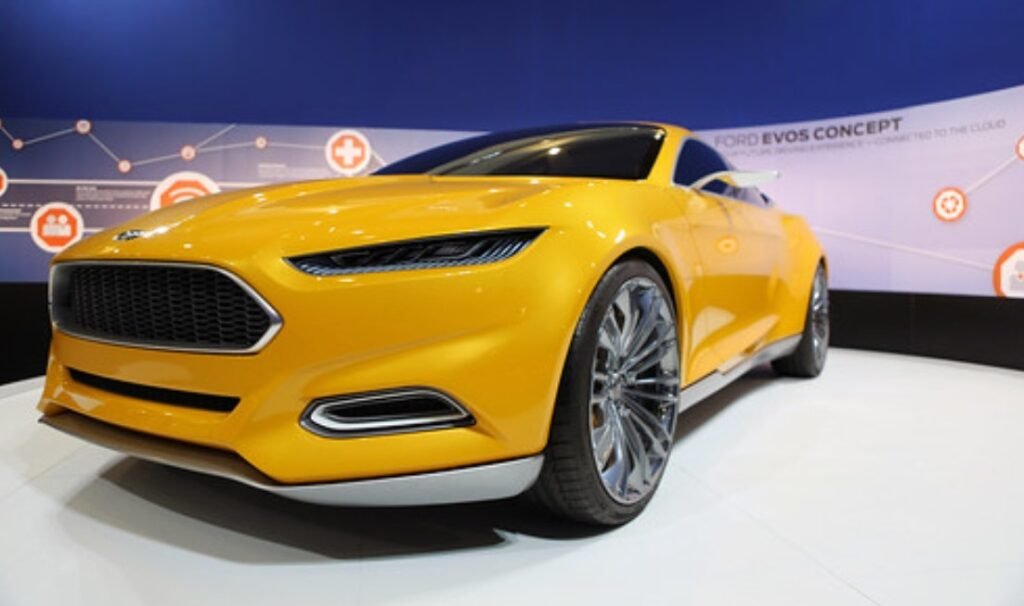Ford Motor Company has recently filed a patent application for a novel electric vehicle platform that could be used for various models and body styles. The patent, titled “Modular Electric Vehicle Platform”, was published by the United States Patent and Trademark Office on December 23, 2023. It describes a method of integrating batteries into a body-on-frame platform, similar to a skateboard chassis that is common for all-electric vehicles.
A body-on-frame platform is a type of vehicle structure that consists of two main components: a rigid frame that supports the drivetrain and the suspension, and a separate body that is mounted on top of the frame. This design is typically used for trucks, SUVs, and some large sedans, as it offers advantages such as durability, off-road capability, and ease of customization.

However, a body-on-frame platform also has some drawbacks, such as increased weight, reduced fuel efficiency, and lower passenger space. These factors make it less suitable for electric vehicles, which require large and heavy battery packs to achieve sufficient range and performance.
How Does Ford’s Patent Solve This Problem?
Ford’s patent proposes a solution that combines the benefits of a body-on-frame platform with the advantages of a skateboard chassis. A skateboard chassis is a type of electric vehicle platform that integrates the batteries, motors, and other components into a flat and low structure that forms the floor of the vehicle. This design allows for a lower center of gravity, improved handling, and increased interior space.
According to the patent, Ford’s platform would consist of a frame with left and right rails that are connected by crossmembers. The crossmembers would have openings that allow the batteries to be inserted and secured between the rails. The batteries would be arranged in modules that can be configured according to the size and shape of the vehicle body. The patent also suggests that the platform could accommodate different types of batteries, such as cylindrical, prismatic, or pouch cells.
The patent also describes how the platform could be adapted for different drivetrain layouts, such as front-wheel drive, rear-wheel drive, or all-wheel drive. The motors, inverters, and other components could be mounted on the frame or the crossmembers, depending on the desired configuration. The patent also mentions the possibility of using wireless charging coils that are embedded in the road surface to transmit power to the vehicle.
What are the Implications of Ford’s Patent?
Ford’s patent indicates that the company is exploring new ways to design and manufacture electric vehicles that can meet the diverse needs and preferences of its customers. The patent suggests that Ford could use the same platform for various models and segments, such as trucks, SUVs, crossovers, sedans, or coupes. This could reduce the development and production costs, as well as increase the flexibility and scalability of Ford’s electric vehicle portfolio.
However, it is important to note that a patent does not necessarily mean that a product will be launched in the market. Ford has not officially confirmed or announced any plans to use the platform described in the patent. The company has only revealed some details about its upcoming electric vehicles, such as the F-150 Lightning, the Mustang Mach-E, and the E-Transit. It is possible that Ford is still testing and refining the platform, or that it is only one of the options that the company is considering.
Therefore, it is too early to say when or if Ford will introduce a modular electric vehicle platform based on the patent. However, the patent shows that Ford is not resting on its laurels and is actively innovating and experimenting with new technologies and solutions for the future of mobility.
